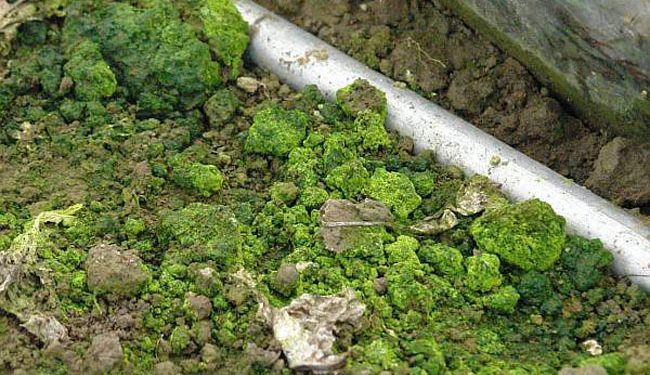#agriculture #greenhouse #mossprevention #agronomisttips #cropyield #soilfertility #ventilation #lighting #aciditylevel #temperaturefluctuations
Learn how to effectively prevent the growth of moss in your greenhouse to ensure optimal crop yield. Agronomist Petr Sinkovski shares valuable tips and techniques to tackle moss infestation, highlighting the importance of timely soil management, proper ventilation, adequate lighting, and pH regulation. Discover the consequences of moss growth and how implementing preventive measures can safeguard your harvest.
Moss, a parasitic plant, can severely hinder crop productivity and deplete essential nutrients from the soil in greenhouse environments. To avoid the detrimental effects of moss infestation, it is crucial to take proactive measures rather than waiting for its growth to escalate. Agronomist Petr Sinkovski emphasizes the significance of early prevention to maintain soil fertility and maximize yield potential.
One effective preventive measure is timely soil cultivation and mulching. Regularly tilling the soil helps disturb and prevent moss growth, as it disrupts its root system and inhibits further spread. Additionally, applying mulch aids in moisture retention, reducing the conditions favorable for moss development. Agronomists recommend the use of lime or wood ash to counteract soil acidity, as moss tends to thrive in acidic environments. These amendments raise the pH level, creating less favorable conditions for moss to establish and grow.
Proper ventilation is another key aspect to consider. Excessive humidity in the greenhouse promotes moss growth. Ensuring adequate air circulation by implementing a well-designed ventilation system helps minimize the moisture levels and creates an unfavorable environment for moss. Regularly ventilating the greenhouse also assists in maintaining optimal temperature and humidity levels, which are essential for the health and growth of your crops.
In addition to ventilation, optimizing lighting conditions plays a crucial role in preventing moss infestation. Moss tends to thrive in shaded areas, so it is vital to maximize sunlight exposure throughout the greenhouse. Remove any unnecessary objects or structures that may cast shadows and reduce the overall light intensity. By providing maximum illumination, you discourage moss growth and promote healthy plant development.
Consequences of moss growth in greenhouses can be devastating. Moss competes with cultivated plants for essential nutrients, depriving them of the resources needed for growth. As a result, crop yield and quality can significantly decline. Moreover, moss can create an unsightly appearance, reducing the aesthetic appeal of the greenhouse and potentially affecting market value.
By implementing preventive measures and following the advice of experts like Agronomist Petr Sinkovski, greenhouse operators can effectively mitigate the risk of moss infestation and safeguard their crop yield. Proactive soil management, proper ventilation, optimal lighting, and pH regulation collectively contribute to creating an environment unfavorable for moss growth, ensuring healthier and more productive greenhouse operations.
Consequences of Temperature Fluctuations:
In a related context, Agronomist Petr Sinkovski previously shared a method to protect crops from temperature fluctuations. Sudden changes in temperature can have adverse effects on plants, leading to stunted growth or even crop failure. Sinkovski’s insights can assist farmers and greenhouse operators in adopting measures to maintain a stable and favorable climate within their growing spaces, preserving the health and productivity of their crops.
Proactive moss prevention techniques in greenhouses are crucial for ensuring optimal crop yield and maintaining soil fertility. Agronomist Petr Sinkovski’s recommendations, including timely soil management, ventilation optimization, lighting enhancement, and pH regulation, offer valuable insights for greenhouse operators. By implementing these preventive measures, growers can effectively combat moss infestation and protect their harvests, ultimately promoting sustainable and thriving agricultural practices.










